How long should you water your lawn in summer? Expert advice for healthy grass
When it comes to watering your lawn during the hottest months knowing how much is everything, too much or too little can have an impact on the health of your grass
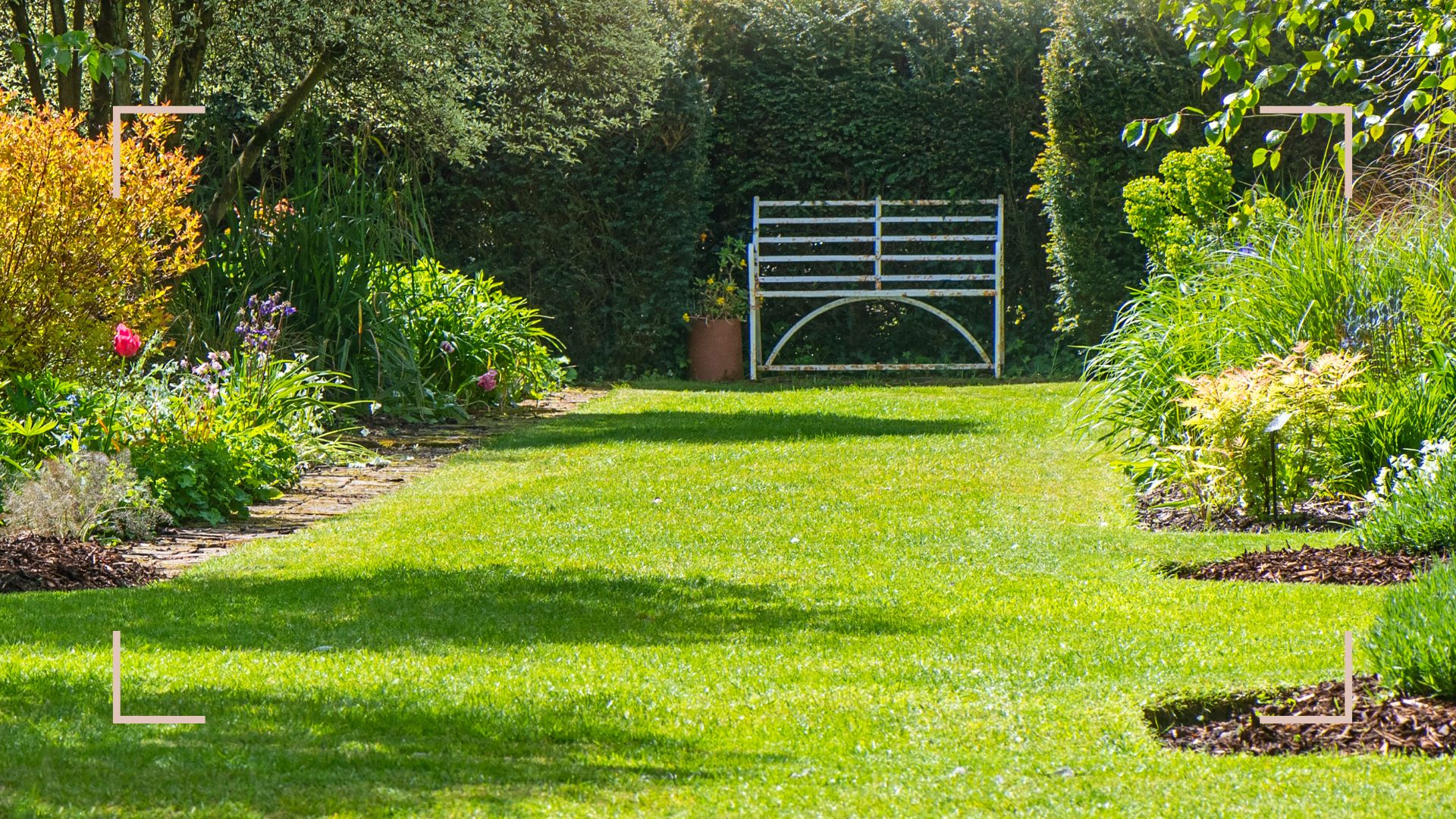

Watering your lawn efficiently is of great importance for maintaining impeccable grass, especially during the summer months. But how much water is enough? How long should you water your lawn to cope with the heat? We ask an irrigation expert to share their professional advice.
When wondering how often you should mow the lawn and how often to fertilize for healthier grass you should also consider how often and how to water grass more efficiently because that can make all the difference to a thriving lawn.
Here is how often and how best to water your lawn during the summer months to ensure your grass is happy, healthy, and hydrated.
How long should you water your lawn in summer?
During hot periods of weather, watering is all the more important for keeping grass healthy, hydrated, and looking its best. "How you water your lawn plays a big part in its health, especially during the summer months," explains Sean Lade, irrigation expert and director of Easy Garden Irrigation.
On the question of how long should you water your lawn, Sean says: "It's challenging to pinpoint a specific amount of time for watering your lawn, as several factors come into play. Notably, the type of sprinkler you're using significantly impacts the watering time. Thus, establishing the optimal watering duration involves some degree of experimentation."
"However, as a rule of thumb for summer lawn care, if you're using a traditional oscillating sprinkler, I would advise starting with 30-40 minutes of watering every day," Sean advises. "This timing typically dispenses around 300 liters of water, a substantial quantity that should help maintain your lawn's health during the hot months."
"Watering for 30-40 minutes every day applies for when we have scorching weather," Sean confirms. "Reducing this to 3-4 times per week in cooler, cloudier weather and skipping a day when we’ve had over 10mm of rain."
Sign up for the woman&home newsletter
Sign up to our free daily email for the latest royal and entertainment news, interesting opinion, expert advice on styling and beauty trends, and no-nonsense guides to the health and wellness questions you want answered.
As it's a guideline you might need to adjust this timeframe based on your observations of how your grass is looking to avoid making any lawn care mistakes. "If your lawn appears overwatered or underwatered, scale the duration back or ramp it up, respectively. This approach should help you keep your lawn in the best possible condition throughout the summer."
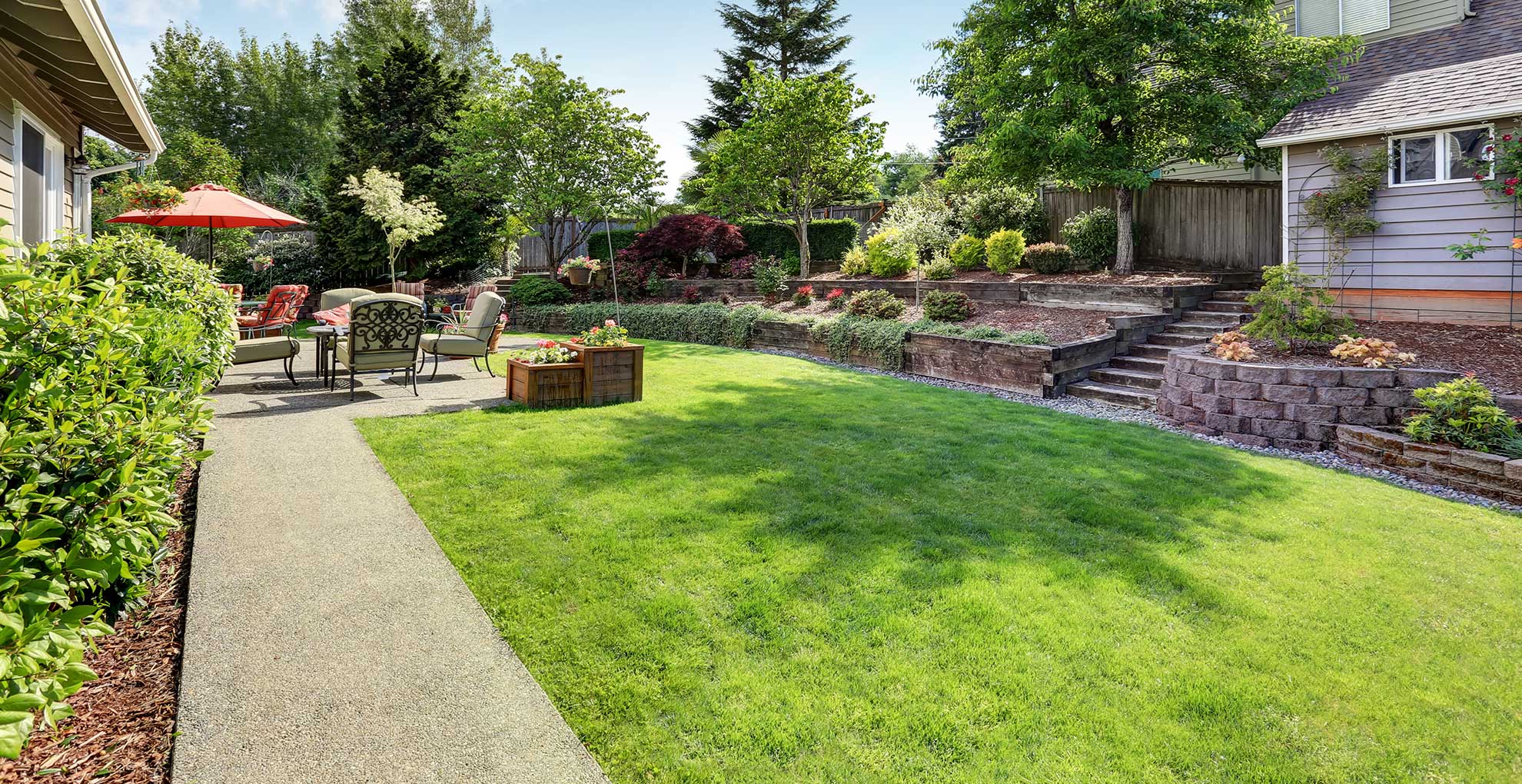
Sean says the best practice generally, during the other months of the year is to soak the lawn. "You want to apply an inch or two (25-50mm) of water to the lawn so it can sink down beyond the grass root zone," Sean explains. "This helps the lawn develop deep roots and makes it more resistant to drought conditions."
"You can lay a small glass on the lawn to help you gauge how much water you are applying. If you have shaded areas that don't get much sun, don't soak them as much. If the lawn is so dry that the water starts to run off, water in stages across a couple of days."
How to identify the health of your lawn
When it comes to identifying the health of your lawn, Sean recommends using a color scale to quickly identify what the grass needs to be restored to its best condition...
- Green: Of course the aim is for luscious green because the darker the green, the healthier the grass. "You shouldn't expect your grass to be dark green 24/7, but this is a sign that your lawn is very happy and healthy," says Sean.
- Yellow: "Your lawn is deficient in chlorophyll and could do with a little care, this is to be expected in hot and dry conditions," explains Sean. If your grass is yellowing it's the ideal time to give your lawn a good soaking to get it looking its best.
- Brown/Red: "This is a sign the grass is stressed and you should take action as soon as possible. A brown color is usually a sign that the grass is dormant, a natural protection mechanism for grass to withstand weather changes. The grass is very tolerant and can recover from stress with just a bit of care and a regular watering regimen.
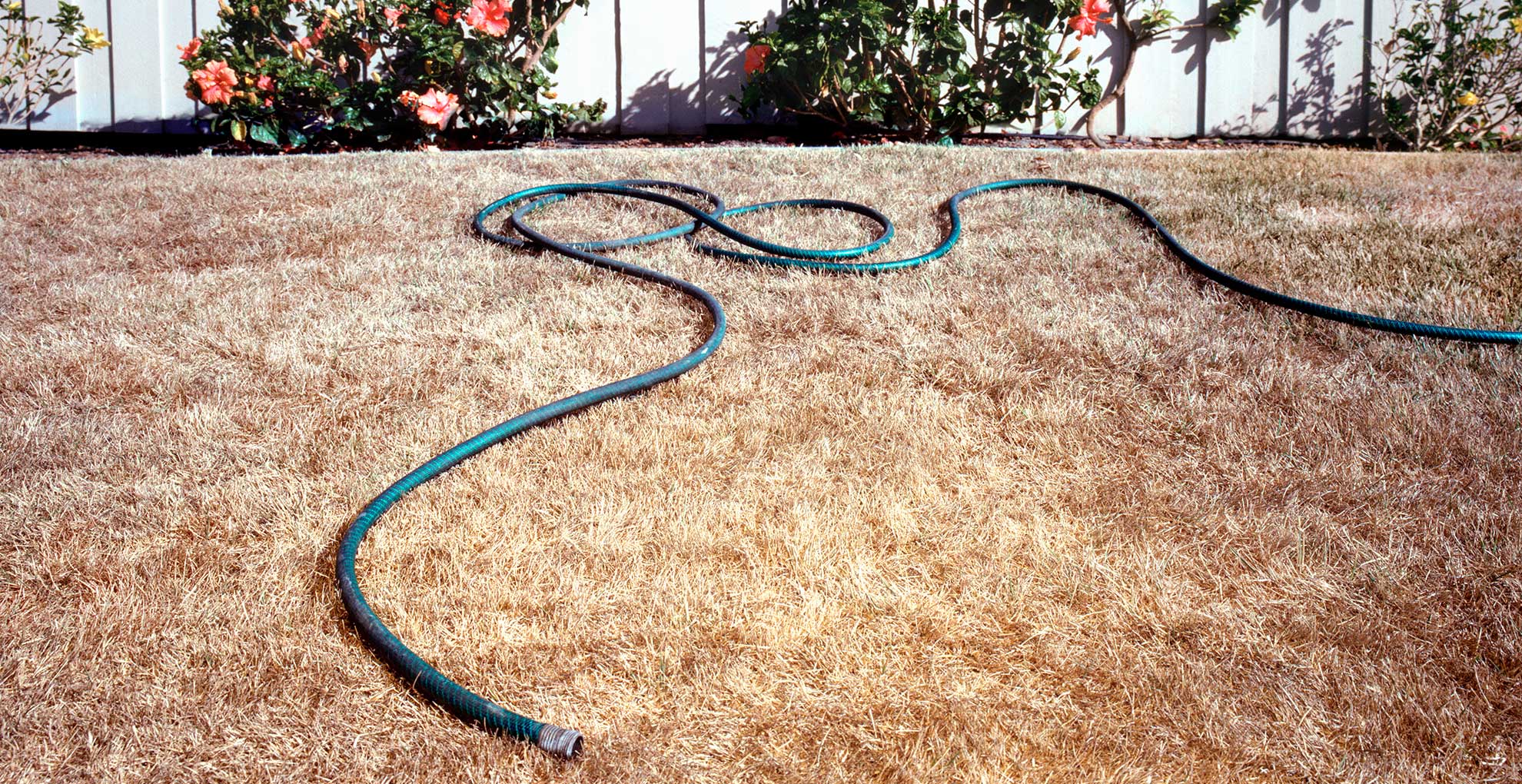
- Orange: This is not a natural color for grass to be, so should immediately ring alarm bells. "This is a sign that your grass is suffering from rust disease," Sean explains. "The orange color comes from the fungi spores on the leaves. This comes about in wet and warm conditions and when the grass has not been cared for properly. This can kill the leaves of your turf, but in general, will not kill the entire turf plant. To control this, invest in some lawn fertilizer, mow your turf properly, maintain good drainage, and water your turf properly."
- Silver: "When turf turns silvery blue, it is dead. At this stage, there is no recovery," explains Sean. It's best to plant grass seed and start again from scratch at this point.

Tamara is a highly experienced homes and interiors journalist with a career spanning over 22 years. Now the Lifestyle Editor of womanandhome.com, she previously spent 18 years working with the style teams at Country Homes & Interiors and Ideal Home. With these award-winning interior teams, she gained a wealth of knowledge and honed her skills and passion for styling and writing about every aspect of lifestyle and interiors.
A true homes and interiors expert, Tamara has been an ambassador for leading interior brands on multiple occasions, including appearing on Matalan’s The Show and presenting at top interior trend forecasting events such as the Autumn Fair and Spring Fair.
-
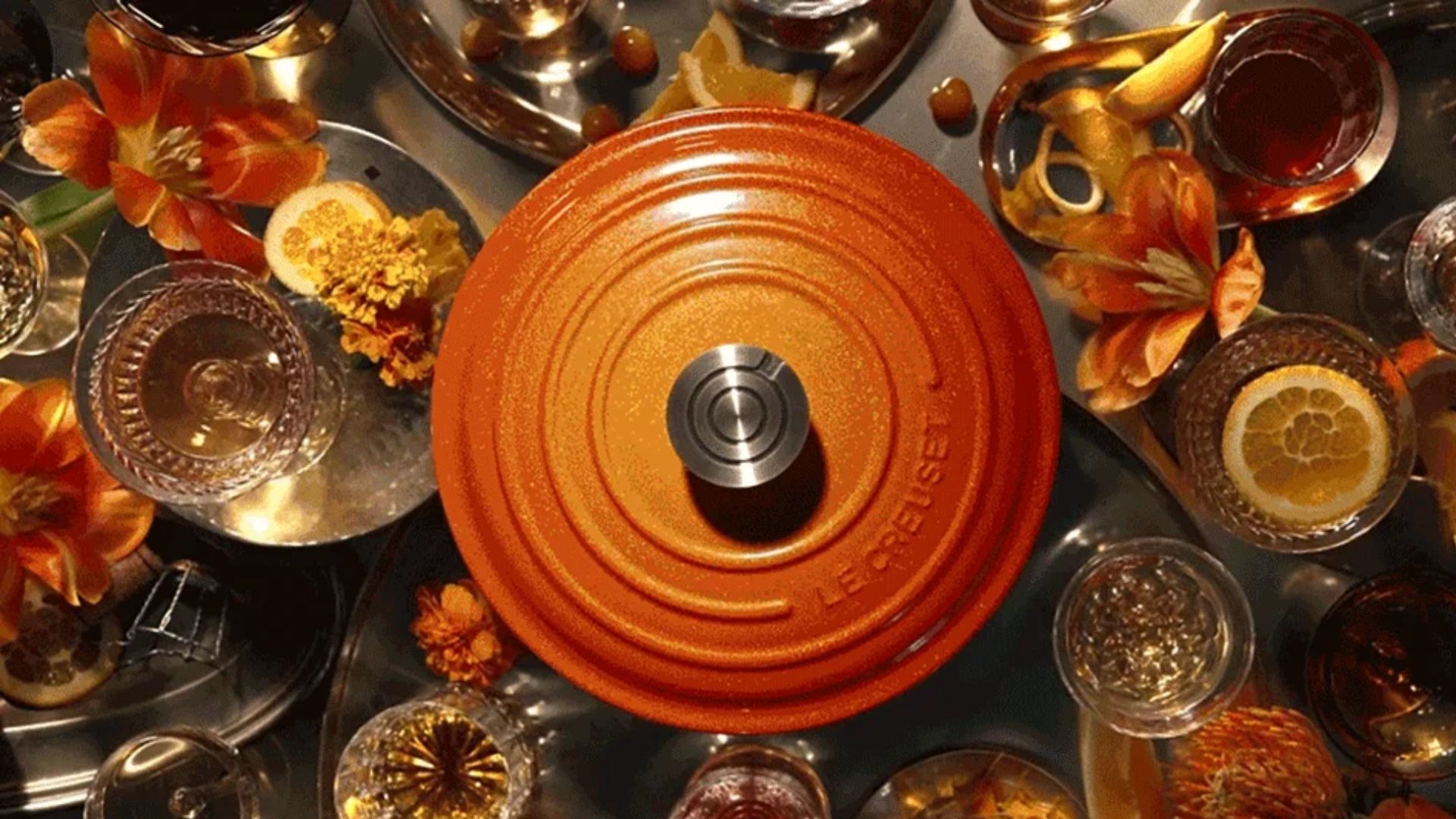 Le Creuset has taken the gold standard literally — their 100 year launch features real gold and an iconic designer collaboration
Le Creuset has taken the gold standard literally — their 100 year launch features real gold and an iconic designer collaborationLe Creuset have turned 100 years old and to celebrate they have launched a new colour — Flamme Dorée — as well as a coffee table book with designers Assouline
By Laura Honey Published
-
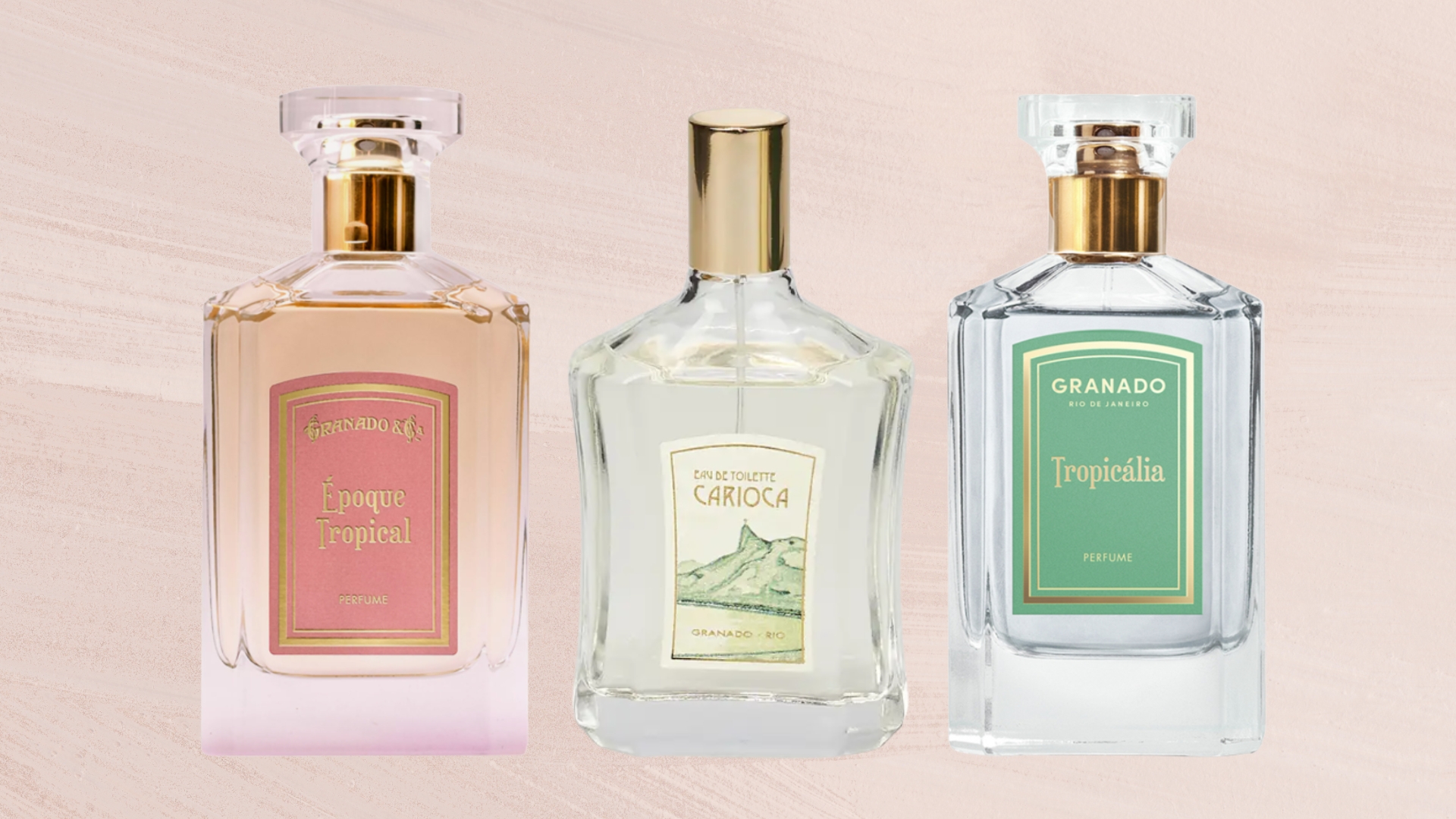 This chic, Brazillian perfume brand is our beauty team's secret to smelling expensive and unique
This chic, Brazillian perfume brand is our beauty team's secret to smelling expensive and uniqueFrom salty accords to modern twists on tuberose, there's a Granado perfume for every preference - but these 9 blends have our heart...
By Naomi Jamieson Published